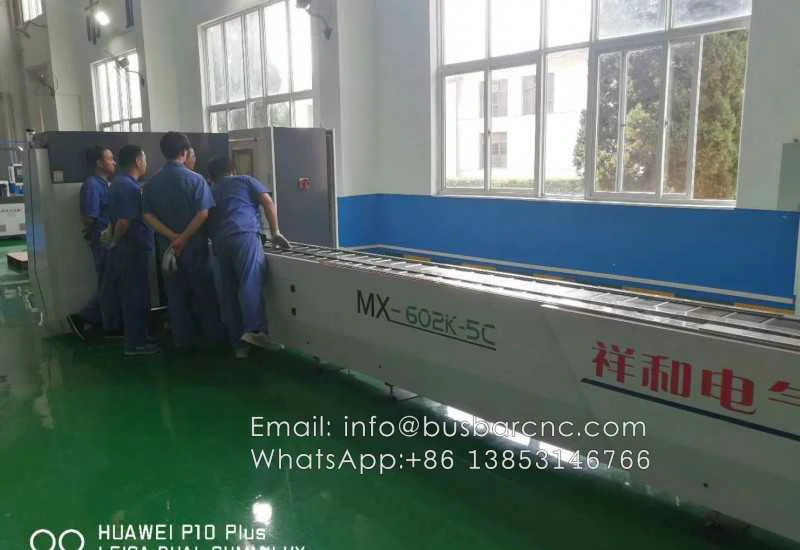Blow molding is a widely used manufacturing process for producing hollow plastic parts. It involves the inflation of a heated plastic tube, known as a parison, inside a mold to create a desired shape. As with any manufacturing process, ensuring secure practices in blow molding is crucial to maintain product quality, worker safety, and environmental sustainability.
1. Introduction to Blow Molding
Blow molding encompasses various techniques, including extrusion blow molding, injection blow molding, and stretch blow molding. Each technique has its own advantages and applications but requires careful attention to secure practices.
2. Material Handling and Storage
The first step in ensuring secure practices in blow molding is proper material handling and storage. Raw plastic materials should be stored in a controlled environment, away from extreme temperatures and direct sunlight. This helps prevent material degradation and ensures consistent quality in the final product.
During material handling, workers must use appropriate personal protective equipment (PPE) such as gloves and goggles to avoid skin contact or inhalation of harmful plastic particles. Additionally, training on safe lifting techniques and proper use of equipment like forklifts is essential to prevent accidents and injuries.
3. Mold Design and Maintenance
The design and maintenance of molds play a significant role in the secure practices of blow molding. Molds should be designed with precision to ensure uniform wall thickness and minimize defects like warping or cracking. Regular maintenance and cleaning of molds are necessary to remove any residue or debris that may affect product quality.
4. Machine Safety
Blow molding machines can be complex and potentially hazardous if not operated safely. Employers must provide comprehensive training to operators on machine operation and safety protocols. This includes proper lockout/tagout procedures to prevent accidental startups during maintenance or repairs.
The installation of safety guards and interlocks on machines is also crucial to protect operators from moving parts and potential crush hazards. Routine inspections and maintenance of machines should be carried out to identify and address any malfunctions or potential safety risks promptly.
5. Quality Control and Testing
Implementing quality control measures is essential to ensure secure practices in blow molding. Regular testing of raw materials, including melt flow index and density, helps maintain consistent product quality. In-process inspections should be conducted to identify any defects or deviations from specifications.
Finished products should undergo rigorous testing for strength, dimensional accuracy, and other relevant properties. This helps prevent the release of defective or substandard products into the market, ensuring customer satisfaction and maintaining brand reputation.
6. Waste Management
Blow molding processes generate waste materials, including scrap plastic and excess parison. Employing secure practices in waste management is critical to minimize environmental impact and adhere to regulatory requirements. Recycling programs should be established to reuse or repurpose plastic waste whenever possible.
Proper segregation and disposal of hazardous waste, such as cleaning solvents or lubricants, should be carried out following applicable regulations. Implementing waste reduction strategies, such as optimizing material usage and process efficiency, can help minimize waste generation in the first place.
7. Worker Training and Engagement
Ensuring secure practices in blow molding requires a well-trained and engaged workforce. Employers should provide comprehensive training programs to educate workers about the importance of secure practices, including safety protocols, quality control, and waste management.
Regular communication channels should be established to enable workers to report any safety concerns or suggestions for process improvement. Encouraging worker participation in continuous improvement initiatives fosters a culture of safety and innovation in the workplace.
8. Compliance with Regulations
Compliance with relevant regulations and standards is essential for ensuring secure practices in blow molding. Manufacturers must stay updated on local, national, and international regulations governing the use of materials, workplace safety, and environmental protection.
Regular audits and inspections should be conducted to assess compliance and identify areas for improvement. Collaborating with regulatory agencies and industry associations can provide valuable guidance and resources to ensure adherence to best practices.
Ensuring secure practices in blow molding is crucial for maintaining product quality, worker safety, and environmental sustainability. By focusing on material handling, mold design and maintenance, machine safety, quality control, waste management, worker training, and compliance with regulations, manufacturers can optimize their blow molding processes and achieve long-term success. By prioritizing secure practices, the industry can continue to meet the growing demand for high-quality plastic products while minimizing risks and impacts.
